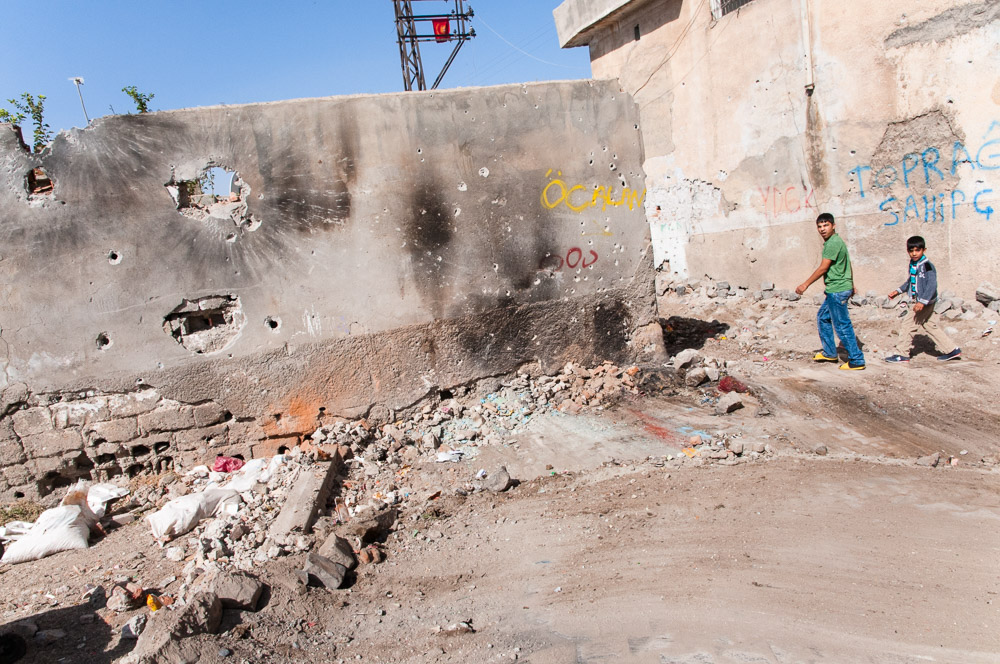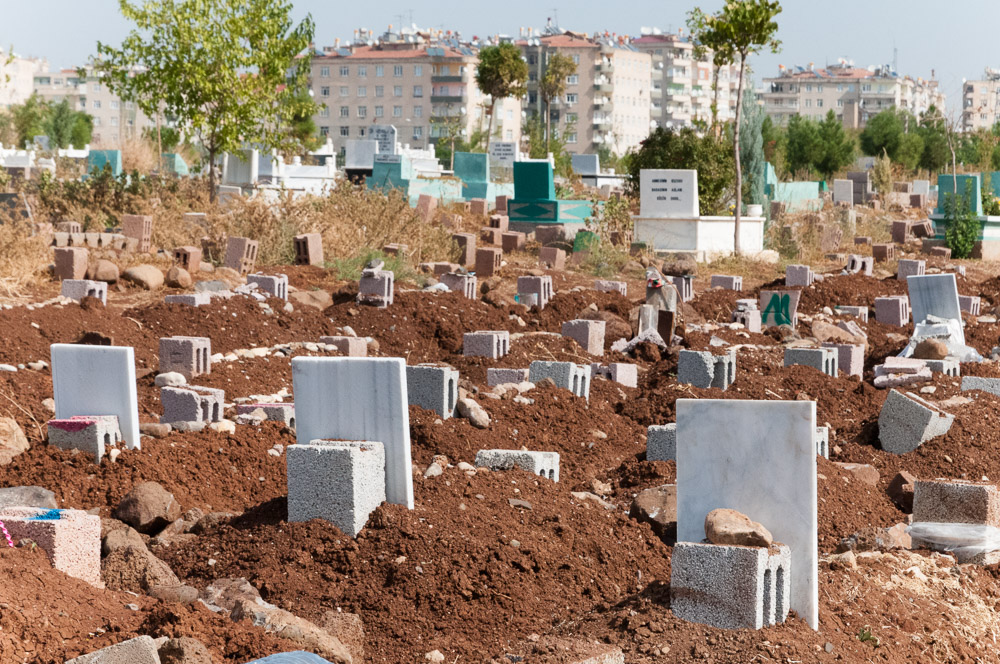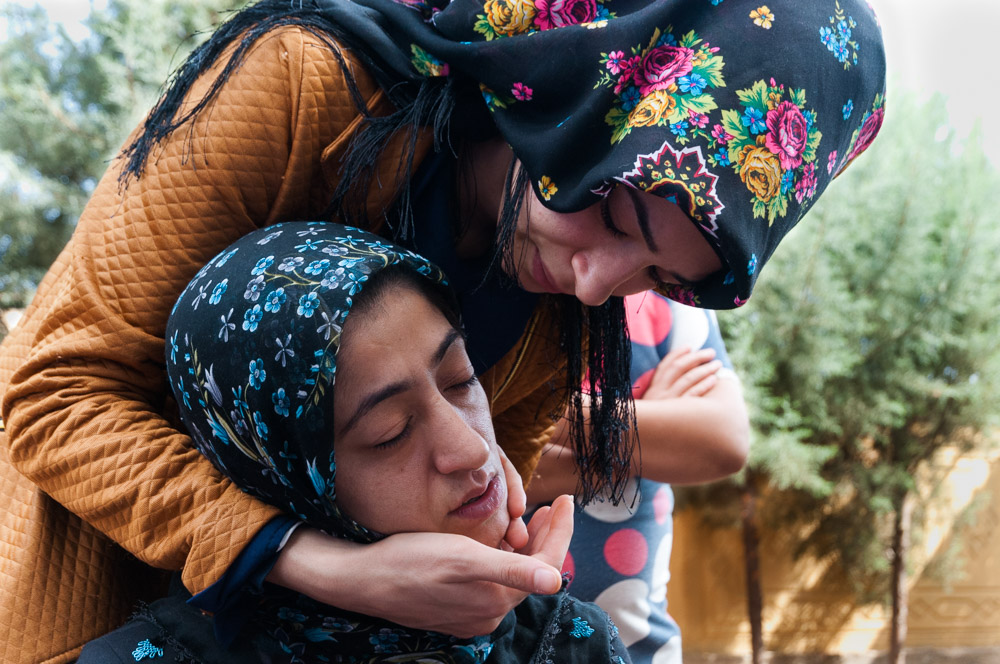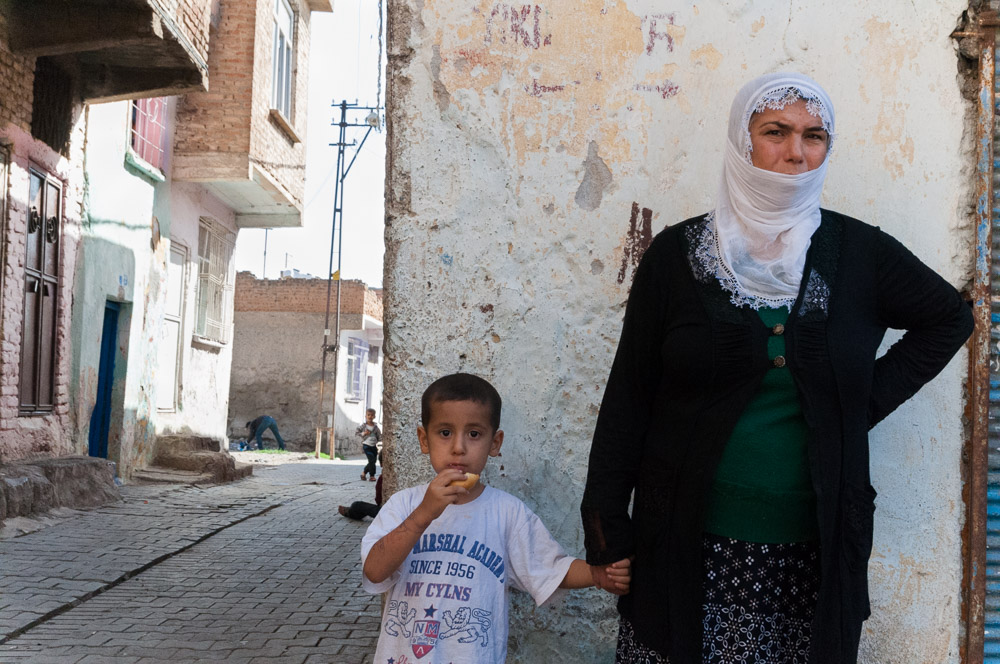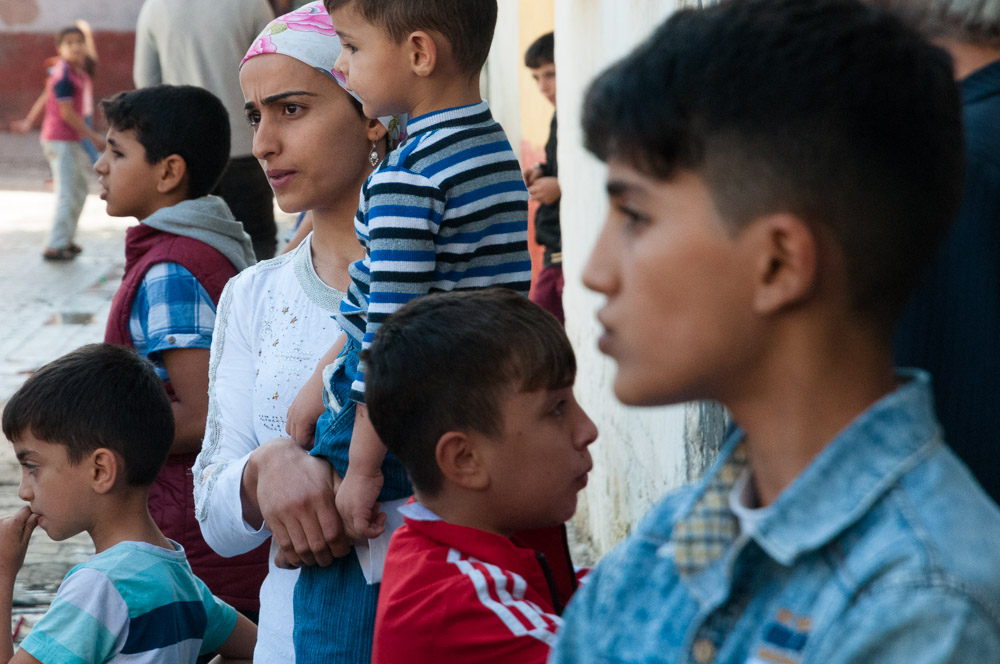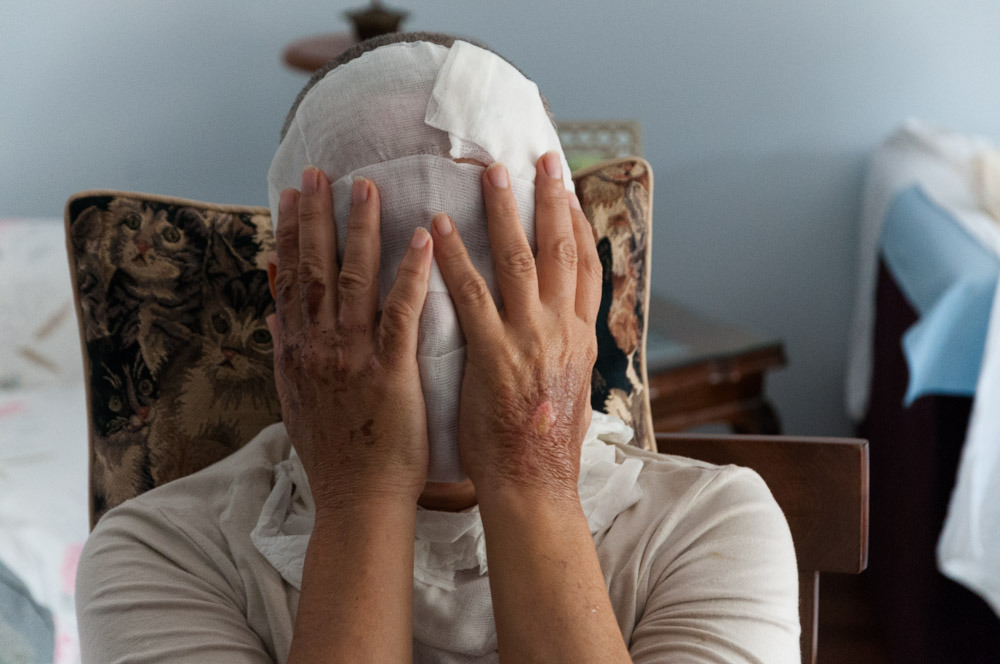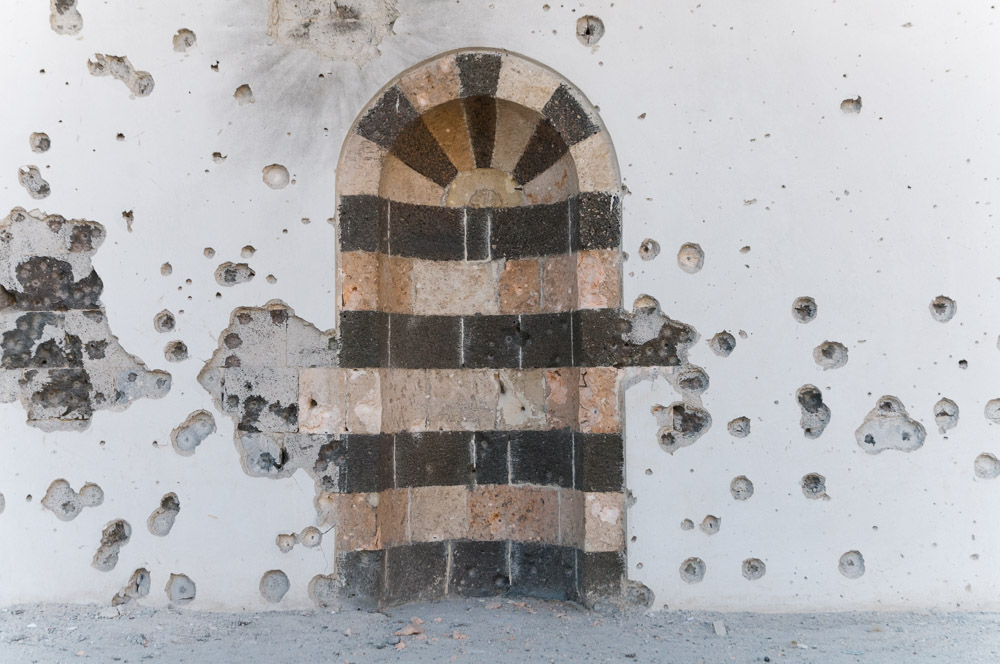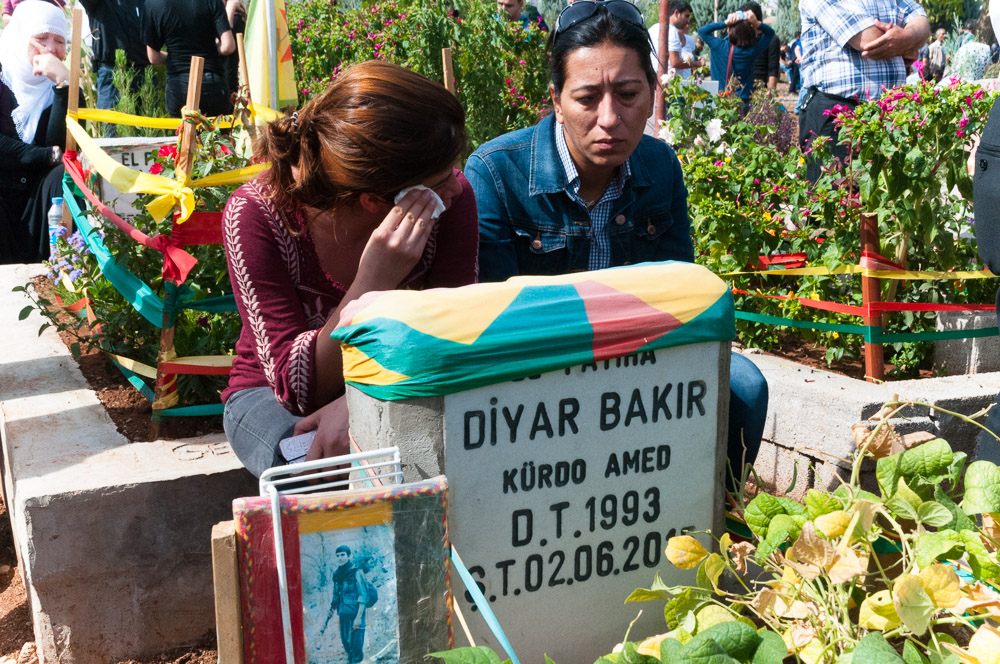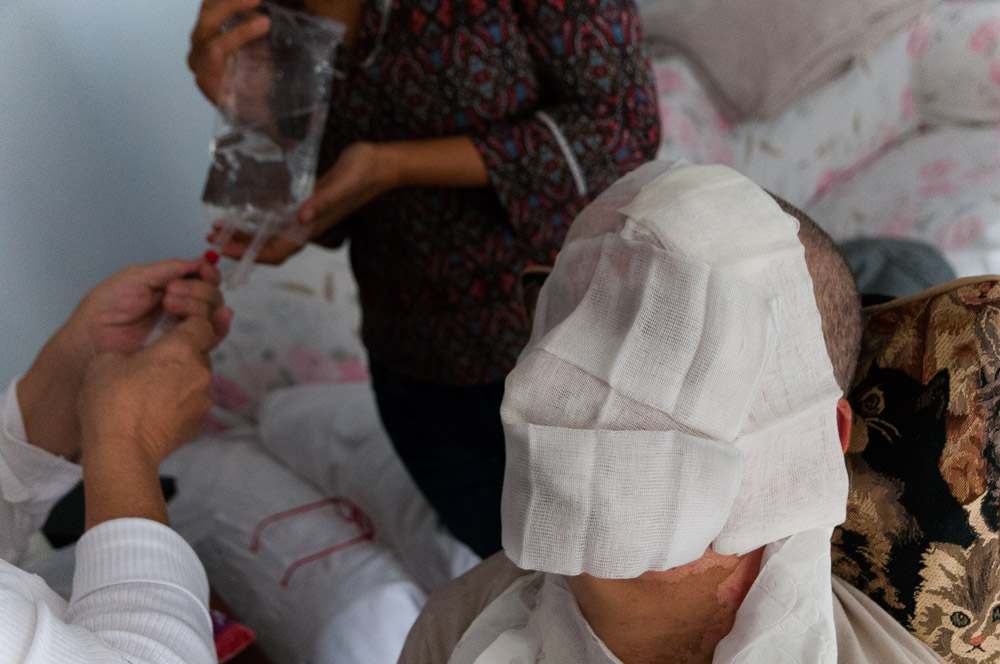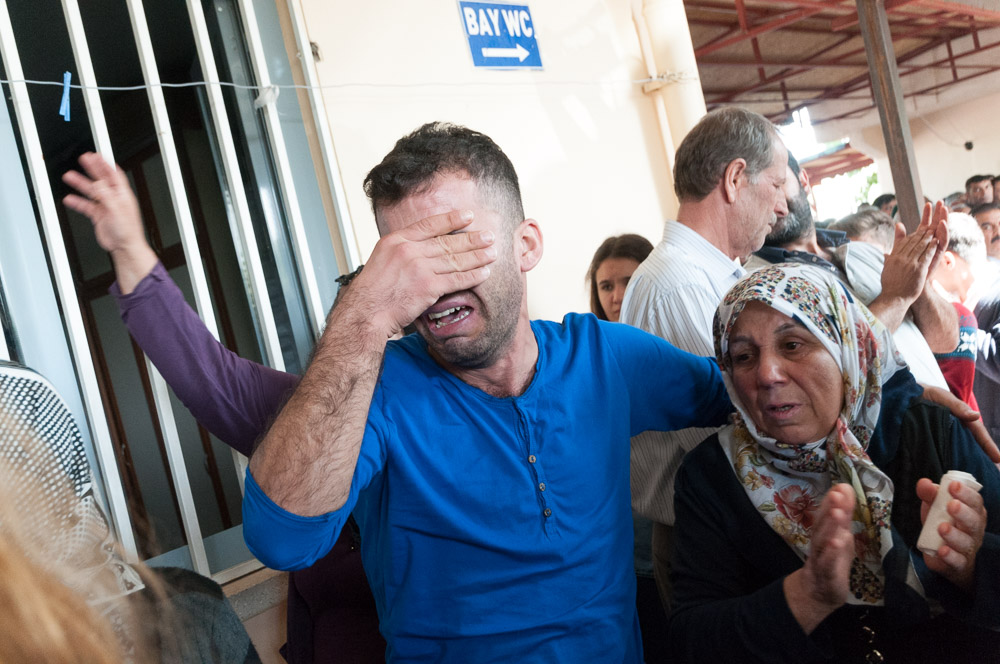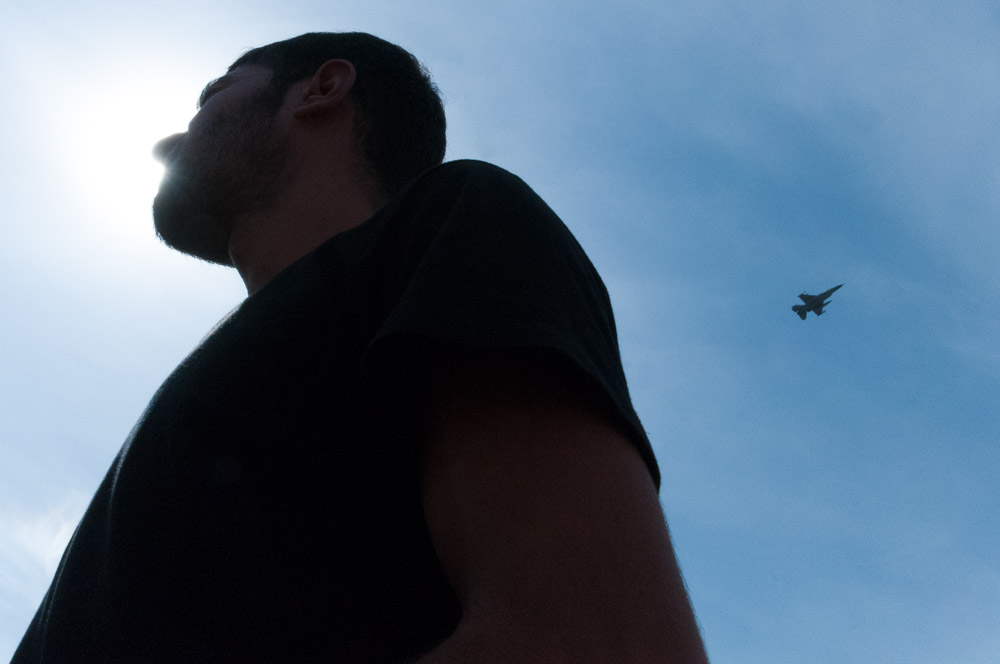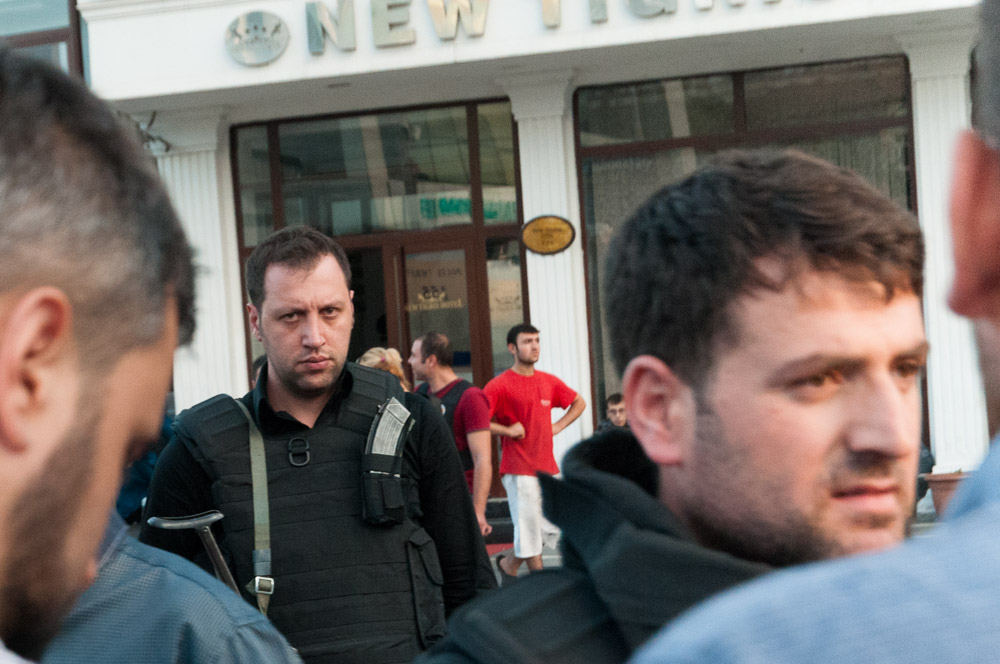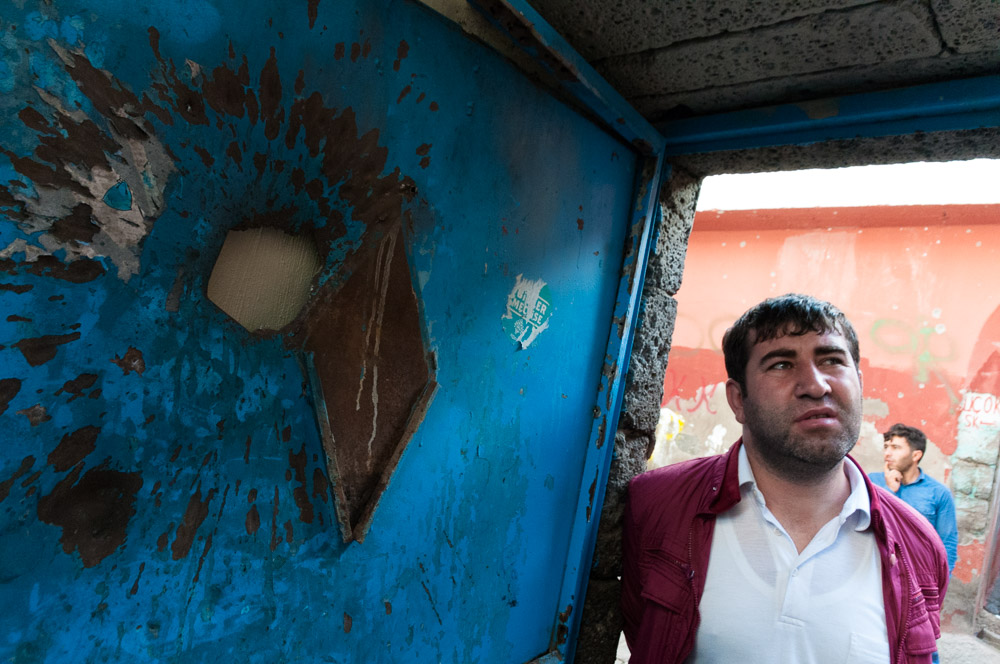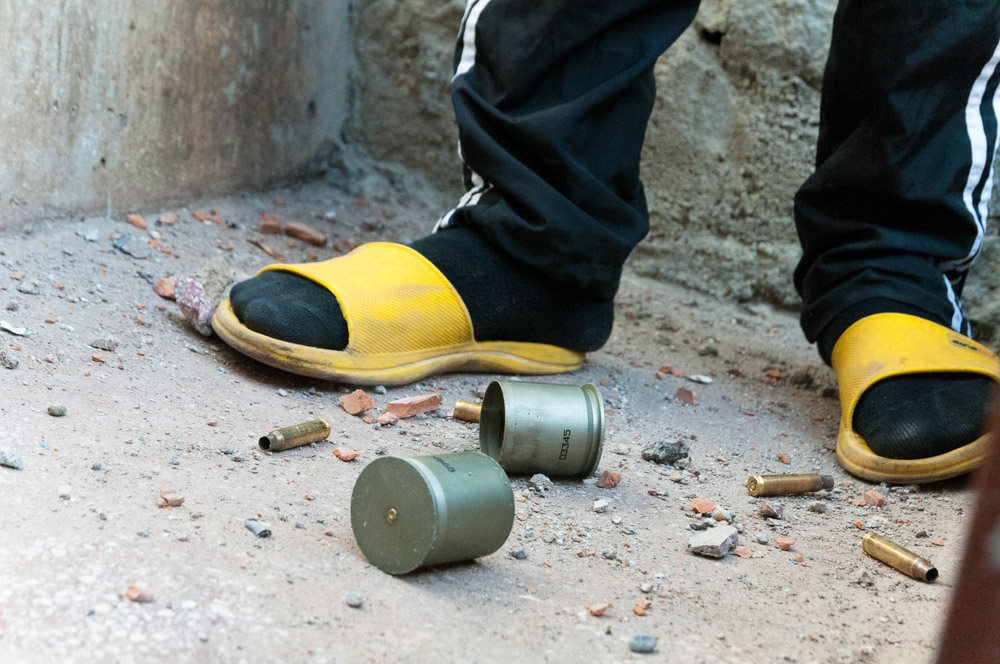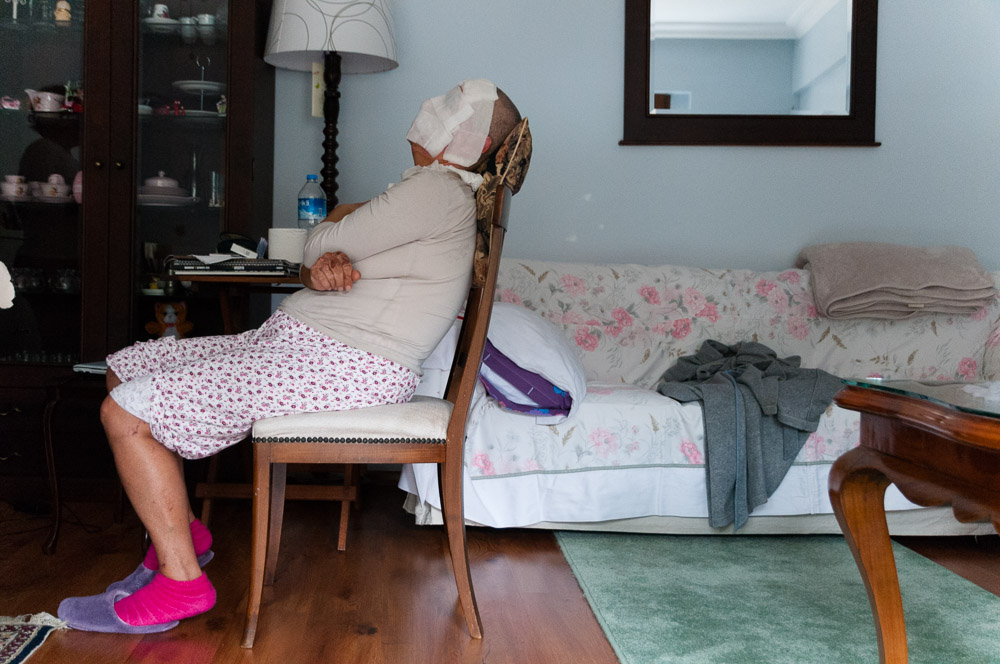Turkish Kurdistan
I met Sibel E. for the first time on the day before the fatal Ankara bombing in october 2015, that left 102 people dead. She would drive to a party meeting of the pro-kurdish HDP party in Istanbul. I was trying to understand how and why the party attracts a non-Kurdish urban western Turkish electorate in the campaign for the upcoming elections.
The next day, at midnight, Sibel would leave for Ankara in a bus with other 30 activists for a peace demonstration in a tense climate of the Turkish elections campaign. As two suicide bombers in Ankara executed their plan, she would loose eight of her friends in the explosion, herself escaping narrowly from death and suffering from severe burns. I met her back home after she could leave the hospital and return home. Nearly her entire facial skin had been taken off by the explosion and is now to grow again.
The Ankara bombing unleashed a huge wave of protests and frustration in the country, especially in the Kurdish territories, where some of the dead of the Ankara attack came from and where fighting was already in place after the peace process between the Turkish government and the PKK had been suspended earlier in July.
I joined an initiative by p24 – a not-for-profit and civil society organization which supports and promotes editorial independence in the Turkish press at a time when the journalistic profession is under fierce commercial and political pressure – to travel to the Kurdish territories of Turkey. The curfew was ongoing as we arrived in Diyarbakir, with the battle in the old town, Sur, still on ongoing between PKK youth and state authorities. Once the curfew was lifted and observers allowed to the old town, considerable destruction would meet our eye and accounts of a serious death toll.
See also my EMOP 2016 exhibition Dream is over at the Berlin European Month of Photography (here).
